Brewed by the Hills: Part 2
Let’s just say last week’s article on coffee and terrain got brewed feedback from none other than the big guy, my father, the original coffee whisperer of our family.
"You’ve barely scratched the surface," he said, shaking his head on our weekly whatsapp video call while sipping a perfectly brewed filter kapi. "You’re writing about Coorg and you didn’t even mention the real trees? The birds? Silver oak and pepper vines are just the tenants. Talk about the landlords."
So, here I am. Slightly humbled, deeply curious, and ready for Part Two of this terrain tale because when your biggest reader is also your harshest critic, you level up.
Inside the Western Ghats
Most of us growing up in Coorg are so used to silver oaks and pepper vines that we start mistaking them for the original guardians of the land. But the Western Ghats, our sacred, mist-wrapped mountain chain is one of the most biodiverse ecosystems in the world.
Yes, farmers plant silver oak to grow pepper and provide shade. But these are fast-growing, non-native species. The real shade the one that shaped the land and the beans long before humans got inventive with spice intercropping comes from native evergreen giants.
Trees like:
Ficus (figs), which host entire mini-ecosystems in their canopies, offering food and shelter to a wide range of insects, birds, and mammals. Their aerial roots and spreading branches also help anchor topsoil.
Terminalia bellerica and Terminalia chebula, Ayurvedic powerhouses whose fruits not only support human health but feed fruit bats, hornbills, and squirrels essential species for seed dispersal and ecological balance.
Palaquium ellipticum, a towering evergreen whose dense canopy and waxy leaves filter harsh sunlight into a dappled dreamscape, maintaining humidity and keeping the microclimate stable.
Cullenia exarillata, a keystone species beloved by the endangered lion-tailed macaque and giant squirrels, thanks to its nectar-rich flowers and sturdy limbs that double as wildlife highways.
Syzygium cumini (jamun) and Myristica dactyloides, both crucial for maintaining groundwater levels and providing habitat and food to endemic species of birds, butterflies, and amphibians.
These trees don’t just provide shade they moderate temperature, anchor the landscape, foster rich topsoil, and create a slow-drip nutrient cycle that keeps the land fertile, resilient, and alive.
Birds, Bugs & Beans
A truly shaded coffee estate in Coorg buzzes and chirps with life. It’s not an accident. It’s by design a careful preservation of the original rainforest biodiversity that once blanketed the Western Ghats.
Malabar whistling thrushes, also known as the whistling schoolboys, provide the morning soundtrack with their clear, human-like calls that echo through the understorey.
Hornbills, with their curved bills and dramatic flight, play a crucial role in dispersing seeds of large native trees.
Pollinators giant honeybees, stingless bees, jewel-toned beetles, and butterflies thrive in these layered forests, moving between forest flora and coffee blossom.
Frogs, like the Coorg yellow bush frog, serve as sensitive indicators of soil moisture and microclimatic balance, while snakes from green vine snakes to rat snakes quietly manage rodent populations.
(Fun story: Growing up in Coorg, I had a few rat snake visitors who would strangely slither by while I took keyboard lessons on my veranda. Eventually, I had to stop taking my classes outside because they were getting a little too friendly.)
Bats, often unnoticed, flit across the canopy by night, pollinating and spreading seeds of fruit-bearing trees vital to the forest’s regeneration.
This isn’t just biodiversity it’s a resilient system of checks and balances. Each organism supports another, creating a living web that sustains the soil, nurtures the trees, and ultimately deepens the flavour in every cup. The estate becomes more than a farm it transforms into a sanctuary, a living corridor of sound, movement, and legacy.
When Biodiversity Enters the Cup
So how does this all affect your morning cup?
It’s not just about romance or environmentalism it’s chemistry, biology, and ecology in action. Shade from native trees slows down the maturation of coffee cherries. This longer ripening period allows sugars to develop more fully, and acids to balance out more gently, creating deeper, more complex flavours. The result? Beans that are denser, sweeter, and more aromatic.
Beyond taste, biodiversity also acts as an invisible steward. Leaf litter from forest trees naturally replenishes the soil with micronutrients. Insects and birds maintain a natural pest-control rhythm, reducing the need for chemical interventions. Mycorrhizal fungi in rich forest soil help coffee roots absorb minerals more efficiently.
Even the humidity regulation from layered canopy systems affects the bean. The thick, tiered vegetation buffers extreme temperature swings and retains morning dew contributing to more uniform growth and stress-free beans. When plants and creatures co-exist in balance, they co-create quality.
So yes, when you sip a cup from a truly biodiverse estate, you’re tasting more than coffee. You’re tasting the orchestra of a living forest.
This One’s for the Learning
So here’s to learning, unlearning, and leaning into the uncomfortable gaps in what I thought I knew. Writing this has been a reminder that curiosity is more powerful than perfection, and that feedback especially the kind that stings a little is often what nudges us toward truth.
This journey has shown me that coffee doesn’t grow in isolation it is shaped by the silent work of trees, the flutter of wings, and the soil’s quiet memory. It’s a system that rewards those who slow down to observe it. I’m only just beginning to hear the full score.
I’ll never look at a cup of filter coffee the same way again, and maybe…just maybe you won’t either.
See you next week,
Cheers,
Dia ☕️



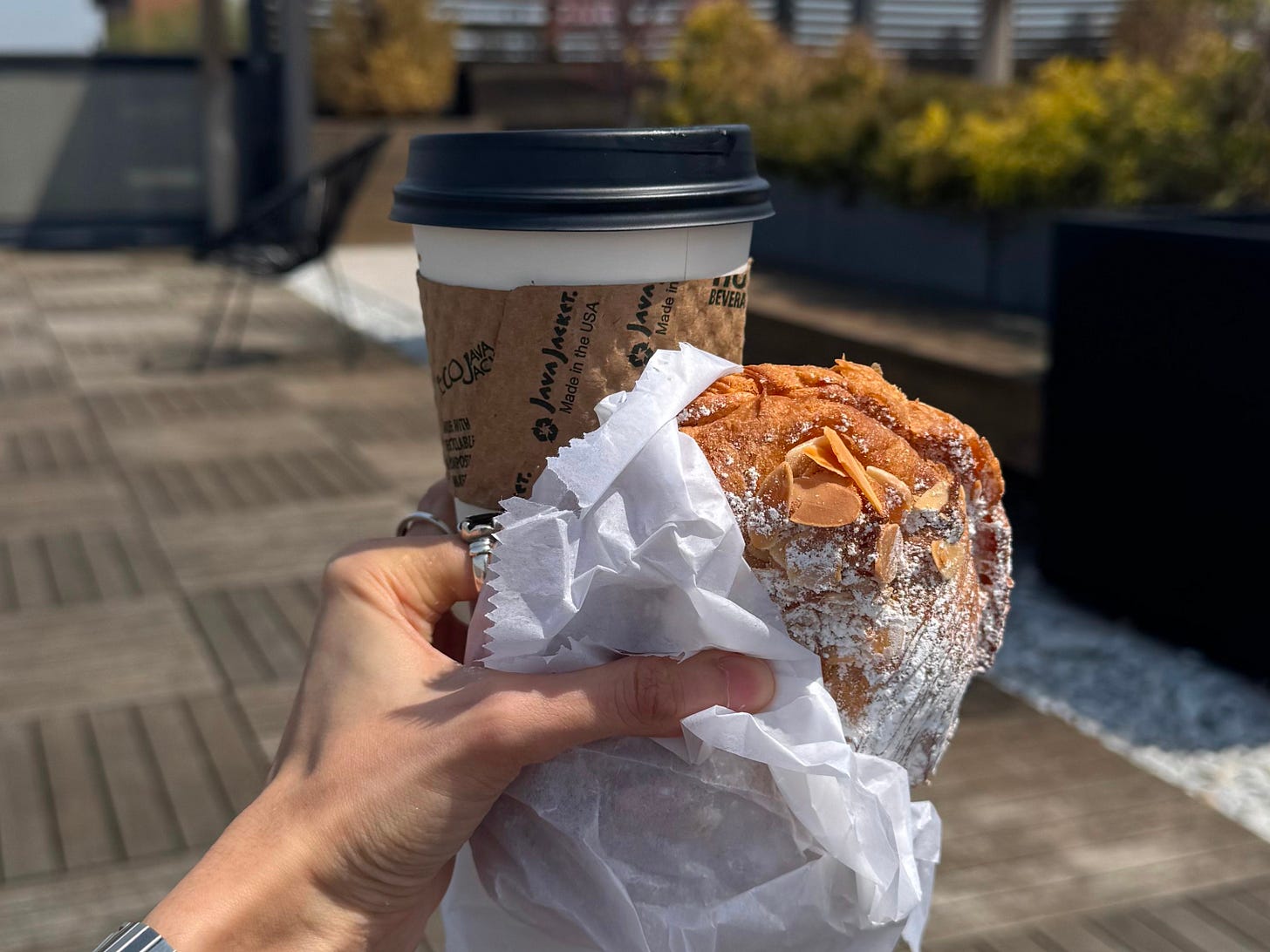
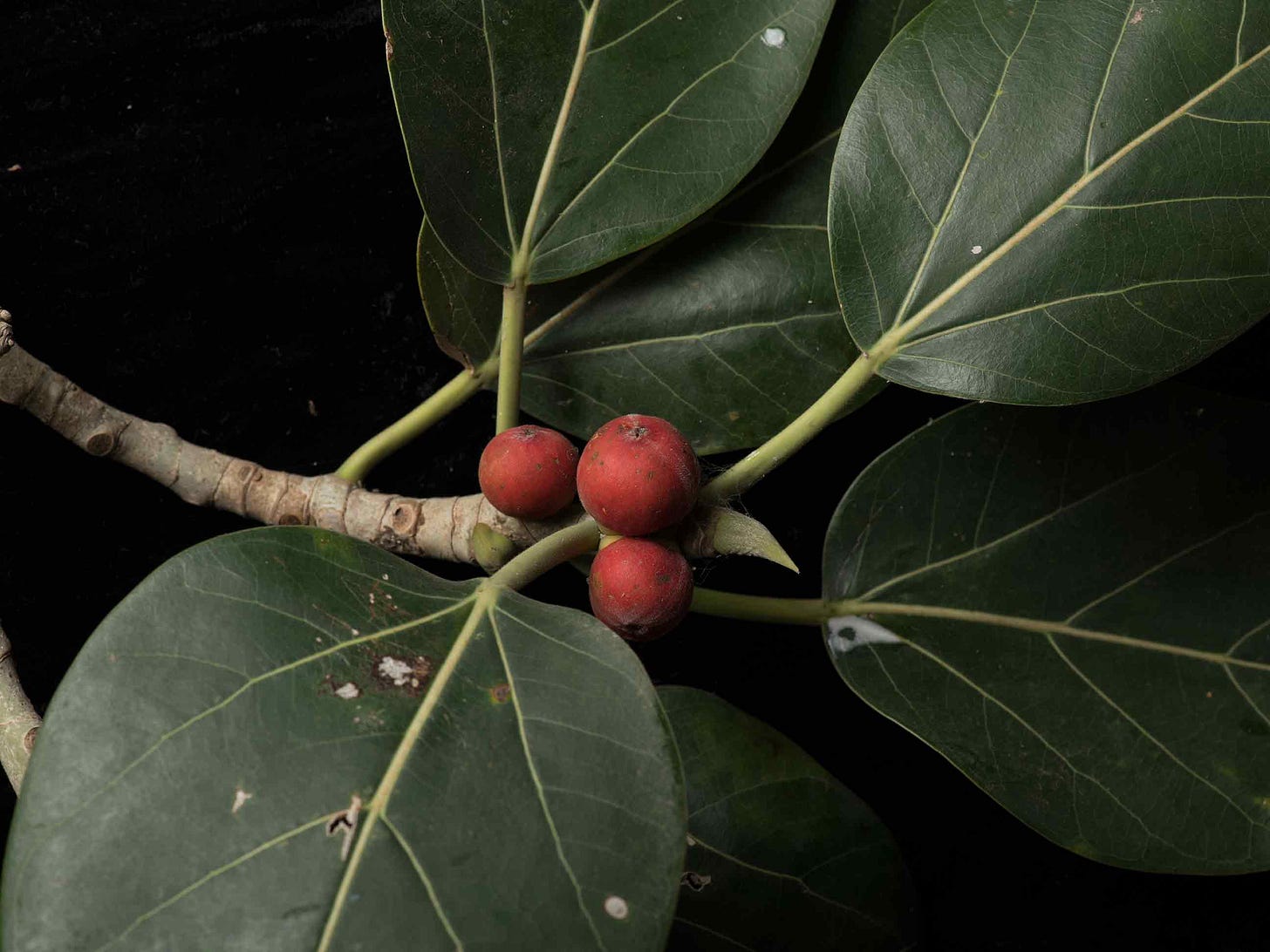

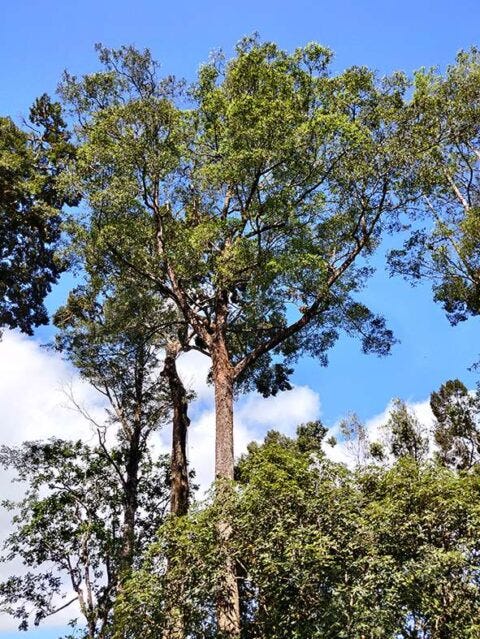
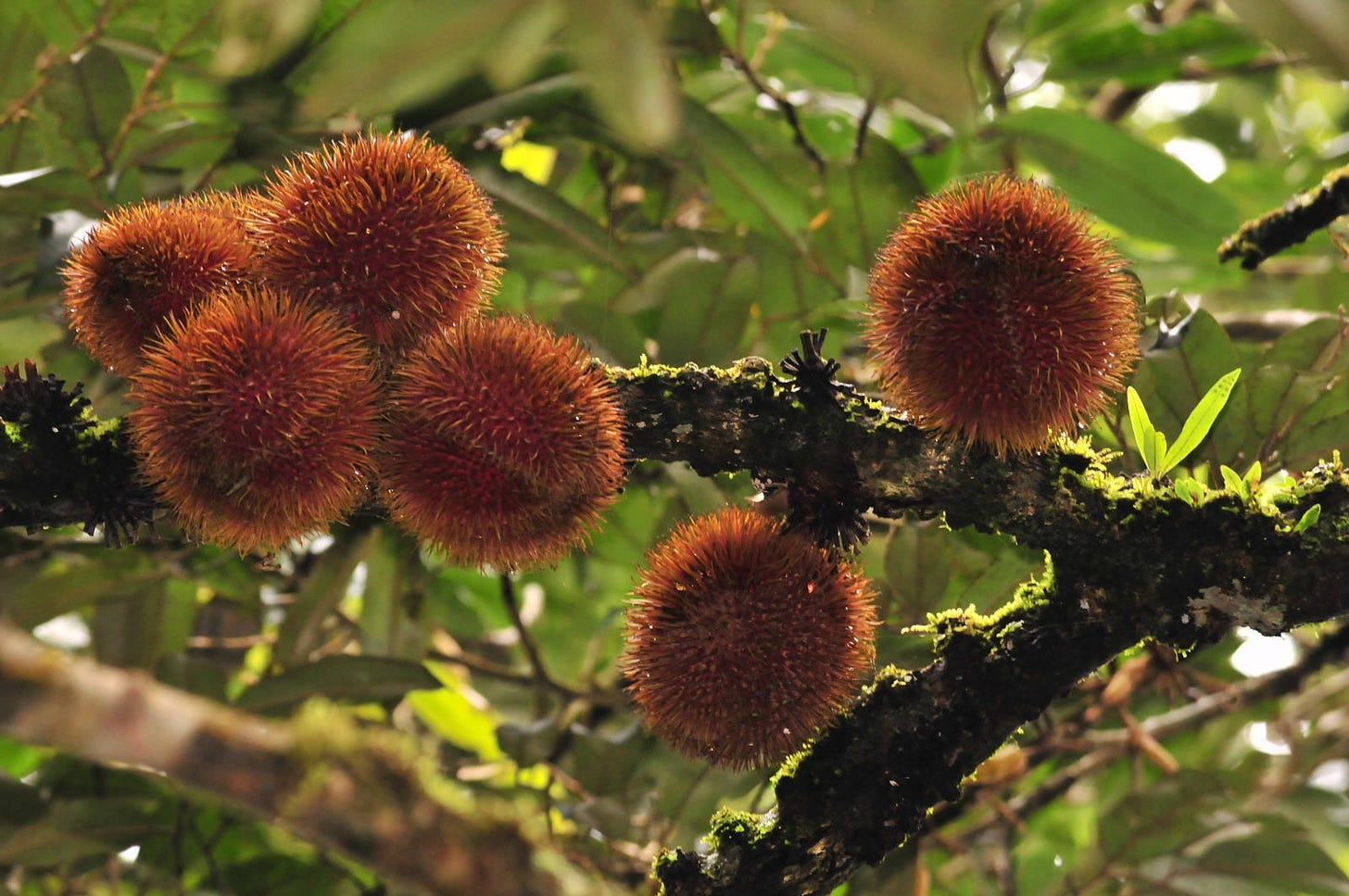
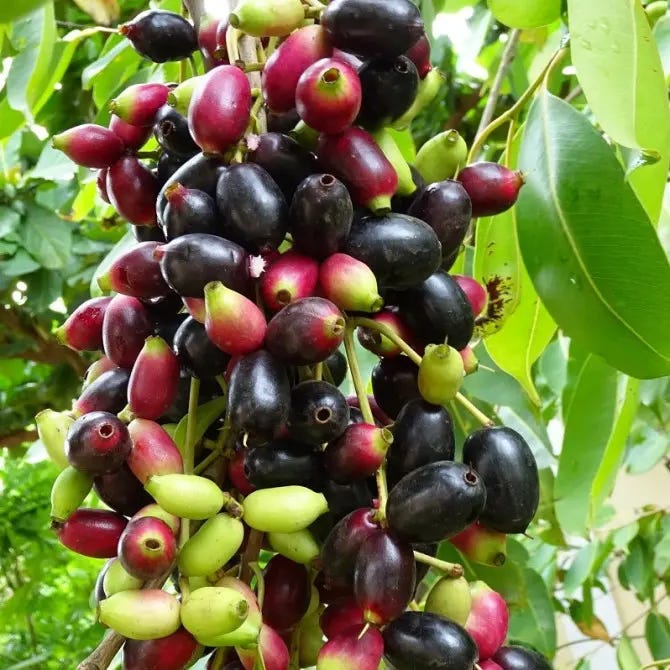
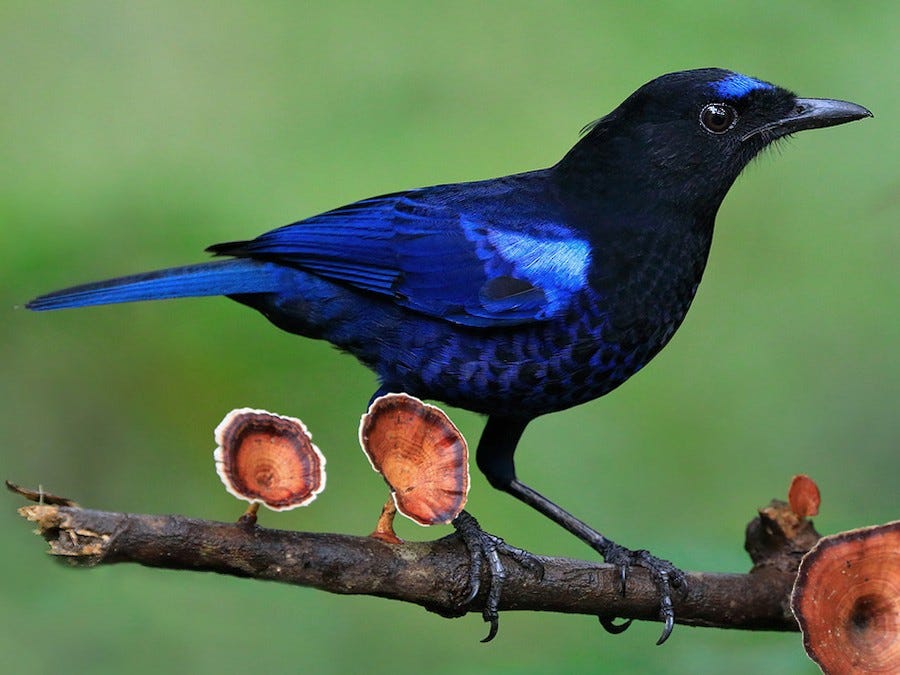
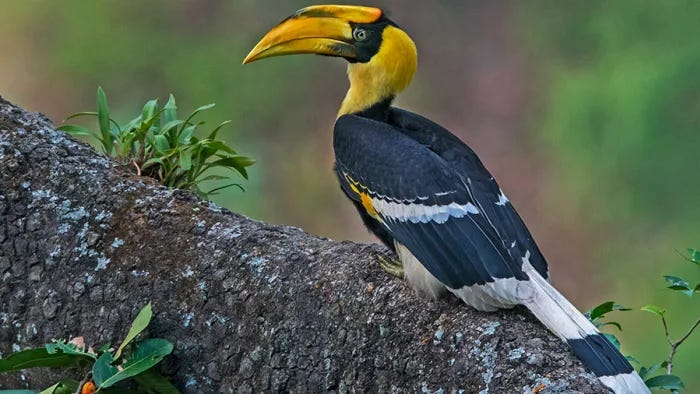


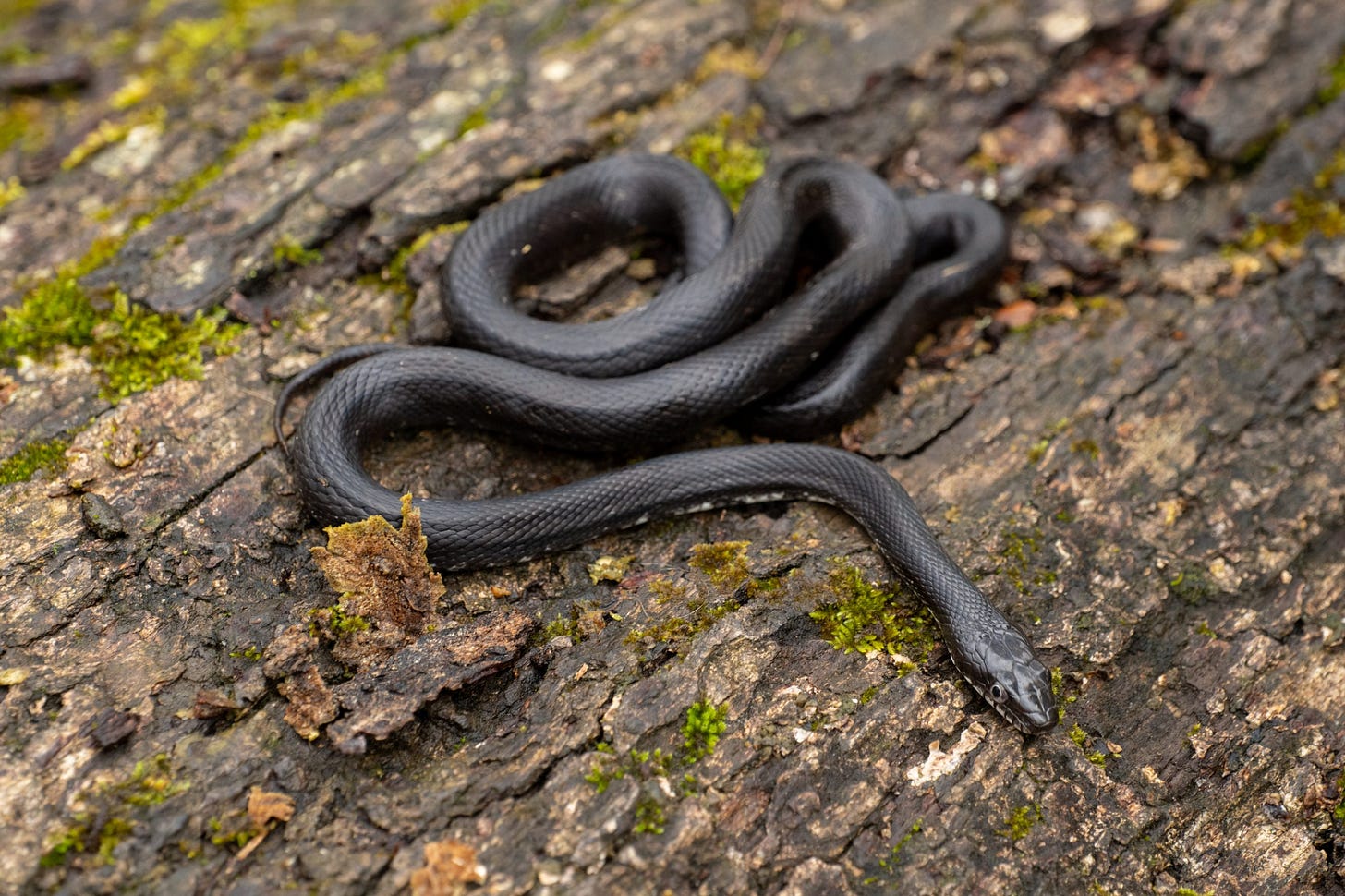
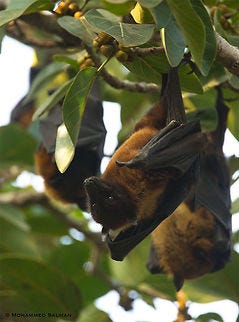
Thanks for all the research and blog
Learning a lot which we we’re ignorant about even though it was all in our backyard.. very informative & well written
Love the read. So simple and nice to read this